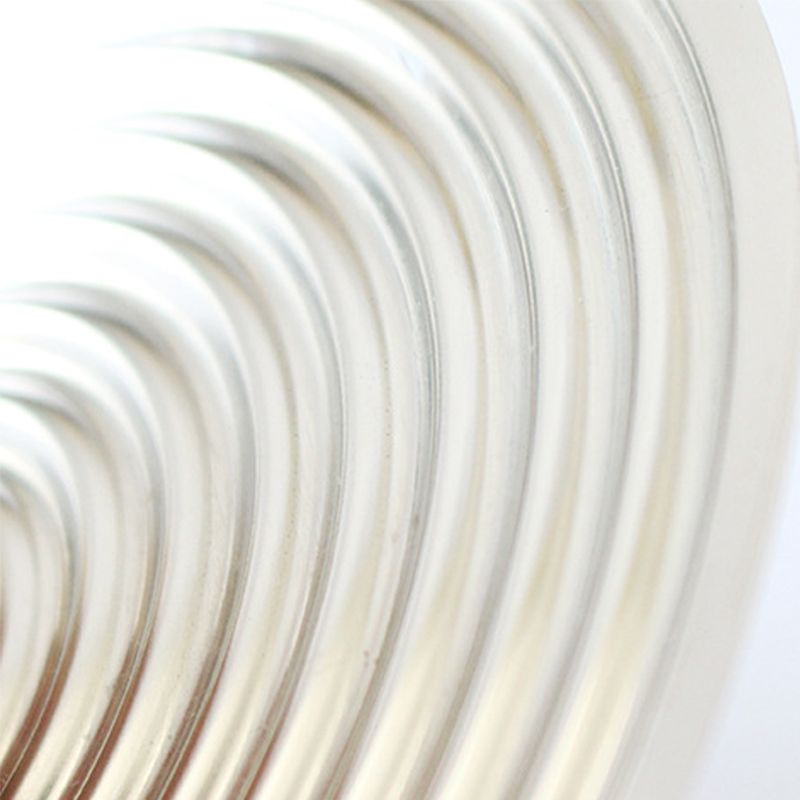
Ago . 12, 2024 09:56 Back to list
Exploring Options for Remote Diaphragm Seal Pressure Gauge Pricing and Specifications in Industry
Understanding Remote Diaphragm Seal Pressure Gauge Quotes
In industries where extreme temperatures and corrosive materials are prevalent, selecting appropriate measurement instruments is crucial for safety and efficiency. One such instrument is the remote diaphragm seal pressure gauge, which is designed to measure pressure in challenging environments. This article explores the components, benefits, and considerations surrounding these gauges, providing insights for potential buyers looking for quotes.
What is a Remote Diaphragm Seal Pressure Gauge?
A remote diaphragm seal pressure gauge is a specialized device that measures pressure while isolating the measuring instrument from harsh process conditions. The main components of this equipment include a diaphragm seal that separates the process fluid from the sensing element of the gauge, tube systems connecting the seal to the gauge, and a pressure gauge that displays the measurement.
This configuration allows for accurate pressure readings even when dealing with high-temperature fluids, corrosive chemicals, and viscous materials that might otherwise damage standard pressure gauges. The diaphragm itself acts as a first line of defense, ensuring that the gauge remains uncontaminated and functional over time.
Benefits of Using Remote Diaphragm Seal Pressure Gauges
1. Protection from Harsh Conditions The primary advantage of a remote diaphragm seal pressure gauge is its ability to operate in challenging environments. By isolating the sensing element from direct contact with the process medium, these gauges extend the lifespan of the equipment and maintain measurement accuracy.
2. Versatility These gauges can be used in various applications, from chemical processing to food and beverage production, where sanitary conditions are critical. They can measure pressures from different types of fluids while accommodating diverse operating conditions.
3. Reduced Maintenance Costs Since the diaphragm acts as a protective barrier, the wear and tear on the gauge itself are minimized. This leads to fewer breakdowns and reduced maintenance needs, ultimately saving costs for the business.
4. Improved Accuracy and Reliability The design of remote diaphragm seal pressure gauges often leads to enhanced accuracy in pressure readings. The ability to use capillary tubes allows for the placement of the gauge away from the process point, reducing errors caused by temperature fluctuations or vibrations.
remote diaphragm seal pressure gauge quotes

Factors to Consider When Requesting Quotes
When seeking quotes for remote diaphragm seal pressure gauges, it is essential to consider several factors to ensure the best fit for your application
- Process Conditions Understand the specific conditions under which the gauge will operate, including temperature, pressure range, and the nature of the fluid (e.g., corrosive, viscous, or sanitary).
- Material Compatibility The materials used for the diaphragm and other components must be compatible with the process fluid to prevent corrosion or contamination.
- Calibration and Certification Depending on your industry, you may require gauges that meet specific standards or certifications (e.g., ASME, ISO). Ensure that your quotes include information about calibration and certification processes.
- Installation and Maintenance Support The gauge's installation and ongoing maintenance can significantly impact its performance. Look for suppliers that offer comprehensive support, including installation assistance and maintenance agreements.
- Cost vs. Value While it might be tempting to choose the lowest quote, consider the long-term value of the product. A higher-quality gauge may offer better performance and longevity, resulting in cost savings over time.
Conclusion
Remote diaphragm seal pressure gauges represent a vital tool for industries facing challenging measurement conditions. By understanding their benefits and considering essential factors when requesting quotes, businesses can make informed decisions that enhance safety and operational efficiency. Investing in the right pressure gauge will not only improve measurement accuracy but also contribute to overall process reliability in the long run.
-
High-Precision 5 Valve Manifold Differential Pressure Gauge Suppliers
NewsApr.29,2025
-
High-Precision Diaphragm Vacuum Pressure Gauges Manufacturers & Quotes
NewsApr.29,2025
-
Omega Differential Pressure Gauges High Accuracy & Durability
NewsApr.28,2025
-
Low Pressure Differential Pressure Gauges Precision Solutions & Quotes
NewsApr.28,2025
-
Digital Diaphragm Pressure Gaauge Precision Measurement & OEM Quotes
NewsApr.28,2025
-
Differential Pressure Gauge China Price High-Accuracy & Best Quotes
NewsApr.28,2025
